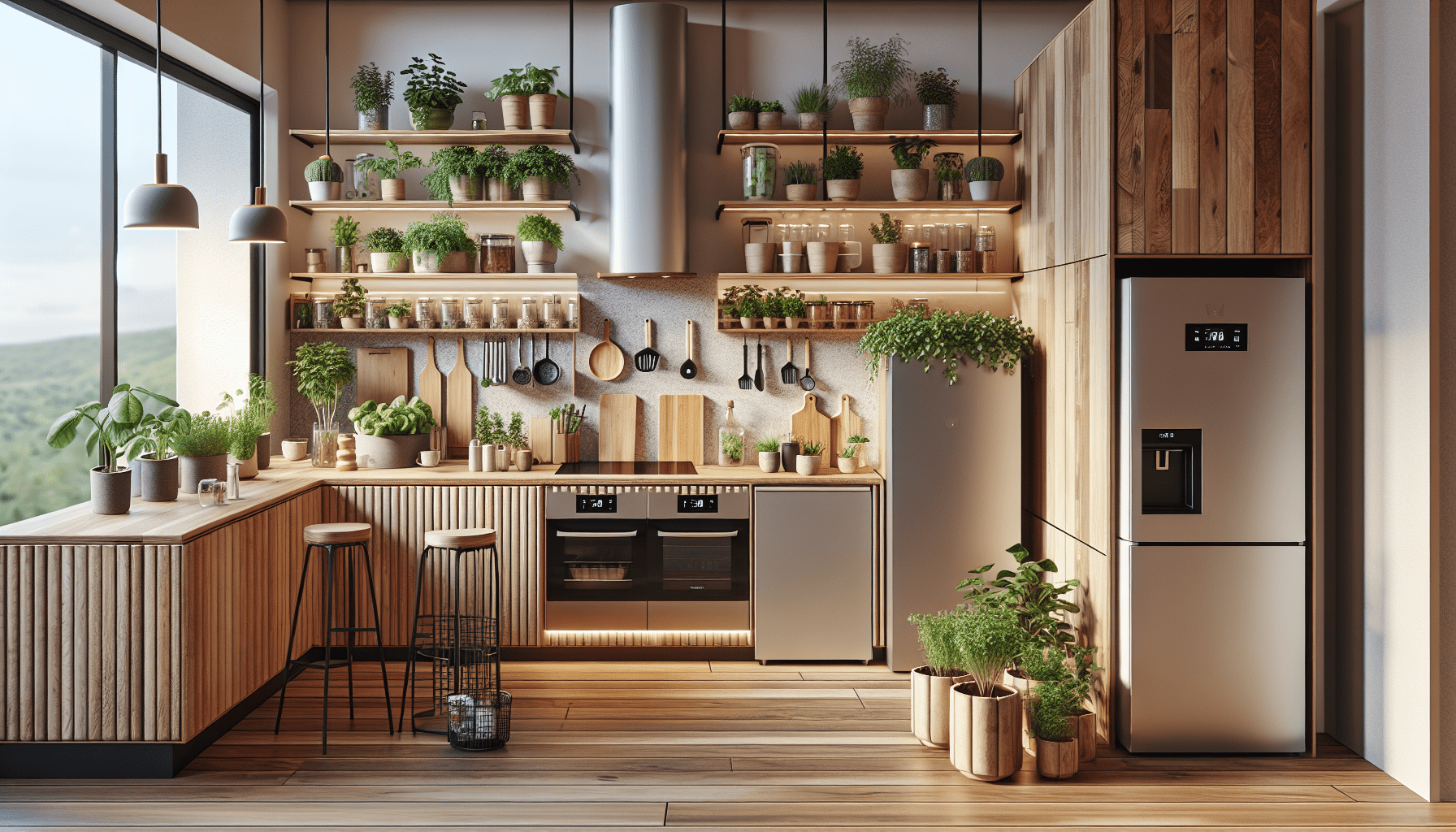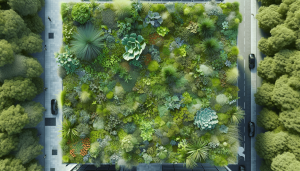In today’s world, embracing sustainability is more important than ever, and our kitchens are a great place to start. Designing an eco-friendly kitchen not only helps us reduce our carbon footprint but also creates a healthier living environment for our families. By incorporating energy-efficient appliances, sustainable materials, and recycling systems, we can transform our kitchen space into a haven of green living. Let’s dive into the essentials of designing a kitchen that’s both stylish and kind to our planet. How Can I Design An Eco-friendly Kitchen?
That’s a question we hear a lot these days! With the growing awareness of environmental issues, many of us are looking for ways to reduce our ecological footprint, starting right at home. The kitchen, often considered the heart of our home, is the perfect place to begin our journey toward a more sustainable lifestyle. Let’s explore how we can design an eco-friendly kitchen that not only benefits the planet but also enhances our daily living.
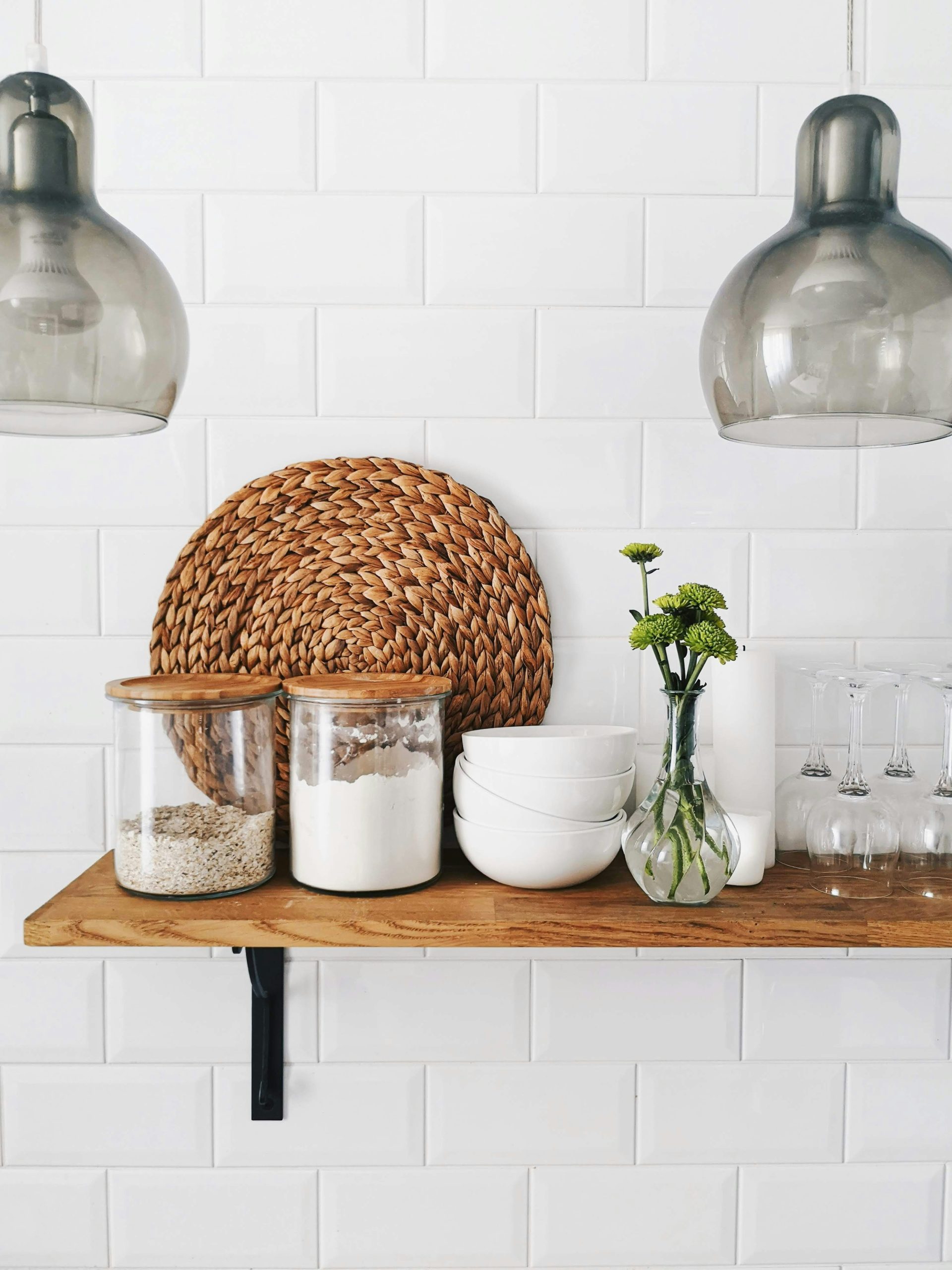
Understanding Eco-friendly Kitchen Design
What is an Eco-friendly Kitchen?
An eco-friendly kitchen, also known as a green kitchen, is designed with the environment in mind. This means using sustainable materials, energy-efficient appliances, and reducing waste through thoughtful practices. It’s about creating a space that minimizes harm to our planet while maximizing functionality and aesthetics.
Why It Matters
The kitchen is one of the most energy-intensive areas in our home due to the numerous appliances and frequent use. By making eco-friendly choices, we can significantly reduce our energy consumption, water usage, and waste production. This not only helps the environment but can also lead to cost savings over time.
Sustainable Materials
Choosing Sustainable Countertops
Countertops are a significant element in our kitchen, and choosing the right material can make a big environmental impact. Sustainable options include:
| Material | Description |
|---|---|
| Recycled Glass | Made from repurposed glass, these countertops are durable and available in various designs. |
| Bamboo | A rapidly renewable resource, bamboo is strong, stylish, and biodegradable. |
| Recycled Paper | Combined with resin, this material offers a unique and eco-friendly countertop option. |
| Reclaimed Wood | Salvaged wood can add a rustic charm and reduces the demand for new timber. |
Eco-friendly Flooring Options
Flooring is another area where we can make sustainable choices. Consider these options:
| Material | Description |
|---|---|
| Cork | Harvested from the bark of cork oak trees, it’s renewable, resilient, and warm underfoot. |
| Linoleum | Made from natural materials like linseed oil and cork dust, it’s biodegradable and long-lasting. |
| Bamboo | Similar to countertops, bamboo flooring is durable and sustainable. |
| Recycled Tiles | Made from repurposed glass or ceramic, these tiles reduce waste and offer a variety of design choices. |
Energy-Efficient Appliances
Choosing the Right Appliances
When it comes to appliances, energy efficiency is key. Look for the Energy Star label, which indicates that the appliance meets energy efficiency guidelines set by the Environmental Protection Agency (EPA).
Refrigerators
Energy-efficient refrigerators use less power, reducing our energy bills and carbon footprint. Modern models often come with features like temperature control zones and improved insulation.
Dishwashers
Contemporary dishwashers are designed to be more efficient by using less water and energy. Features to look for include eco-wash settings and soil sensors that adjust water usage based on dirtiness.
Ovens and Stoves
Induction cooktops are a great eco-friendly choice as they use electromagnetic energy to heat pots and pans directly, reducing heat loss. Convection ovens are also more energy-efficient than traditional ones.
Smart Appliances
Smart appliances can further enhance our kitchen’s efficiency. These devices can be programmed to operate during off-peak hours, saving both energy and money. They also provide valuable insights into usage patterns, helping us to make more informed decisions.
Water Conservation
Low-Flow Faucets and Fixtures
Installing low-flow faucets and fixtures is an excellent way to conserve water. These devices reduce water flow without compromising performance, helping us to use less water in daily tasks like washing dishes and cleaning.
Efficient Dishwashing
Running a full dishwasher is more water-efficient than washing dishes by hand. However, if we must hand-wash, using two basins (one for washing and one for rinsing) can minimize water usage.
Greywater Systems
A greywater system can reuse water from sinks and dishwashers for other purposes like garden irrigation. This can significantly reduce our water consumption and is a great sustainable practice.
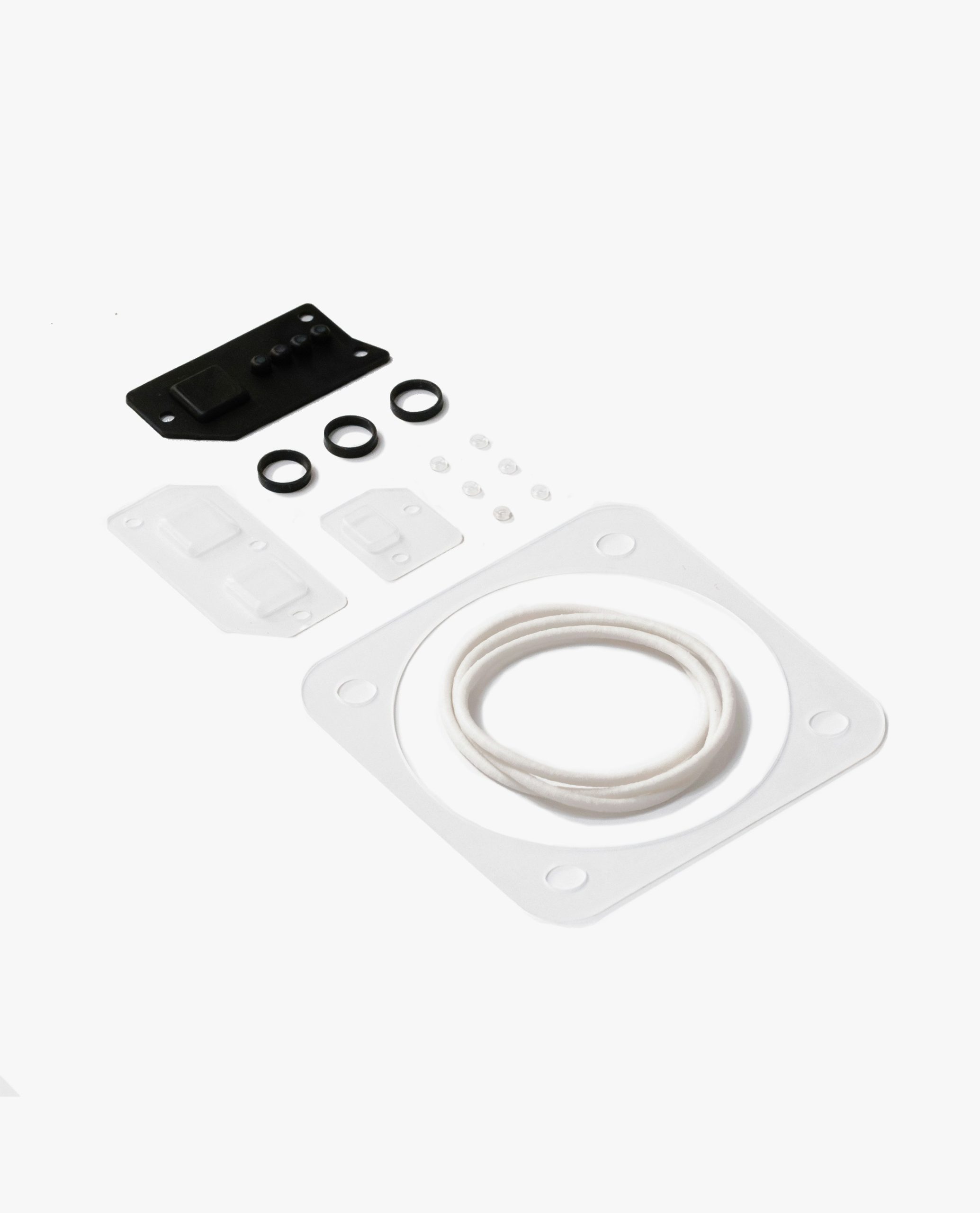
Waste Reduction
Composting
Setting up a compost bin in the kitchen for food scraps can greatly reduce waste going to landfills. Composting turns organic waste into valuable fertilizer for gardens.
Recycling
Having a dedicated recycling station helps us segregate recyclable materials like paper, plastic, and glass. This can make recycling easier and more effective.
Reducing Single-Use Plastics
We can reduce our reliance on single-use plastics by opting for reusable containers, bags, and wraps. Stainless steel or glass food containers, beeswax wraps, and cloth shopping bags are excellent alternatives.
Buy in Bulk
Purchasing food items in bulk often means less packaging waste. Reusable containers can be used to store these items, which not only reduces waste but can also lead to cost savings.
Lighting and Ventilation
Energy-efficient Lighting
Switching to LED bulbs is an easy way to reduce our kitchen’s energy consumption. LEDs use less energy and have a longer lifespan compared to traditional incandescent bulbs.
Natural Lighting
Maximizing natural light can reduce the need for artificial lighting during the day. Skylights, larger windows, or light tubes can bring more daylight into our kitchen, creating a bright and inviting space.
Proper Ventilation
Good ventilation is crucial in an eco-friendly kitchen. It improves indoor air quality by reducing pollutants and moisture levels. Energy-efficient range hoods and proper window placement can enhance ventilation.
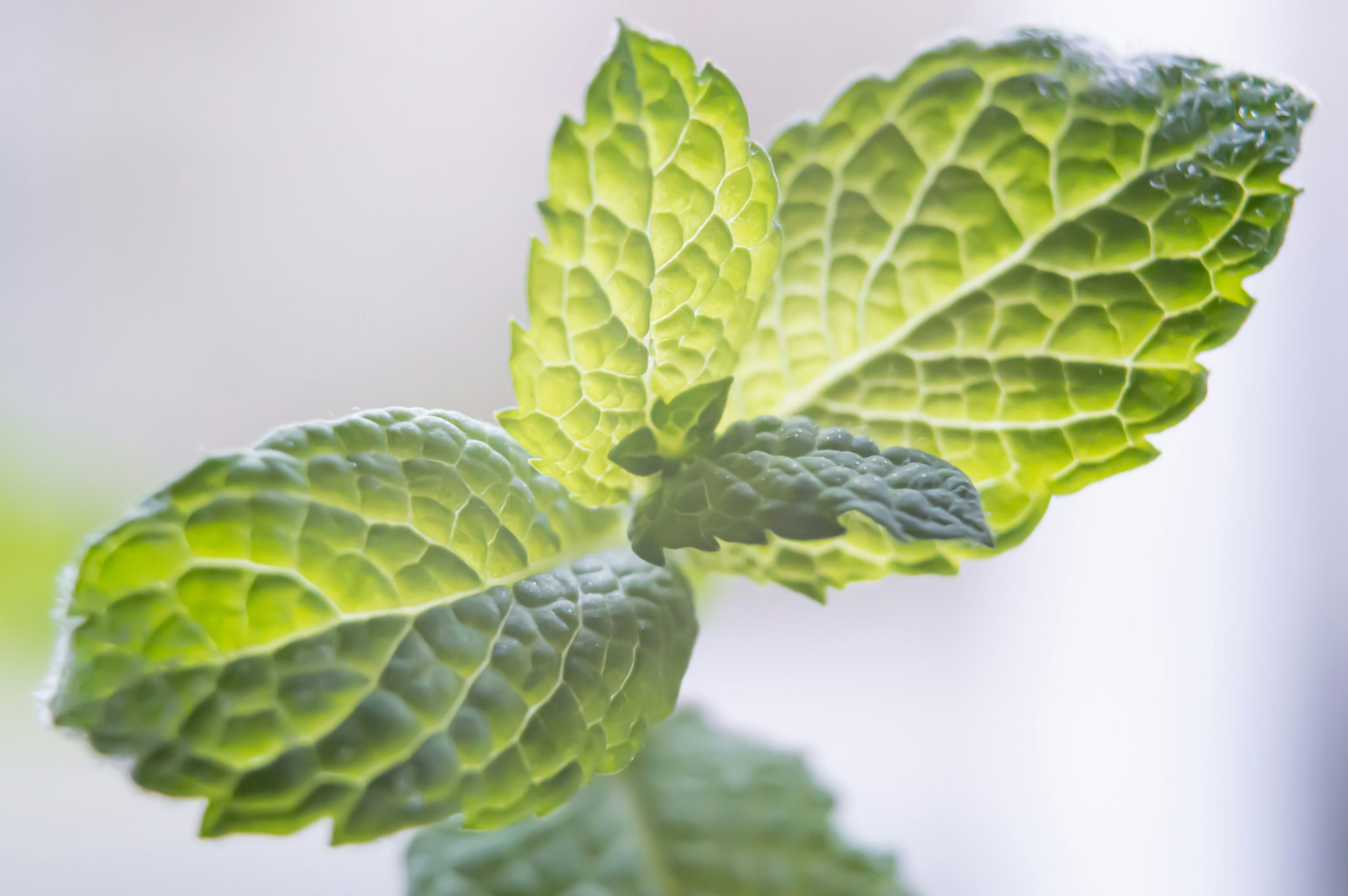
Green Cleaning
Homemade Cleaners
Many commercial cleaners contain harmful chemicals that can be detrimental to both our health and the environment. Homemade cleaners made from natural ingredients like vinegar, baking soda, and lemon are effective and safe alternatives.
Eco-friendly Cleaning Products
If making our own cleaners isn’t feasible, we can opt for eco-friendly cleaning products. Look for products with biodegradable ingredients and minimal packaging.
Final Thoughts
Starting Small
Designing an eco-friendly kitchen doesn’t have to be an all-or-nothing endeavor. Small changes, like switching to energy-efficient bulbs or using reusable containers, can make a significant difference over time. We can start with one or two eco-friendly practices and gradually incorporate more as we become more comfortable and knowledgeable.
Benefits Beyond the Kitchen
Creating an eco-friendly kitchen offers benefits that extend beyond the walls of our home. It fosters a more sustainable lifestyle, promotes health and well-being, and sets a positive example for others to follow.
Continuous Improvement
Sustainable living is a continuous journey. As new technologies and materials become available, we can keep updating our kitchen to be even more eco-friendly. Staying informed and being open to change will help us maintain and improve our green kitchen efforts.
By making thoughtful choices and adopting sustainable practices, we can design a kitchen that’s not only eco-friendly but also a joy to use every day. Let’s take the first step today and start building our eco-friendly kitchen!

